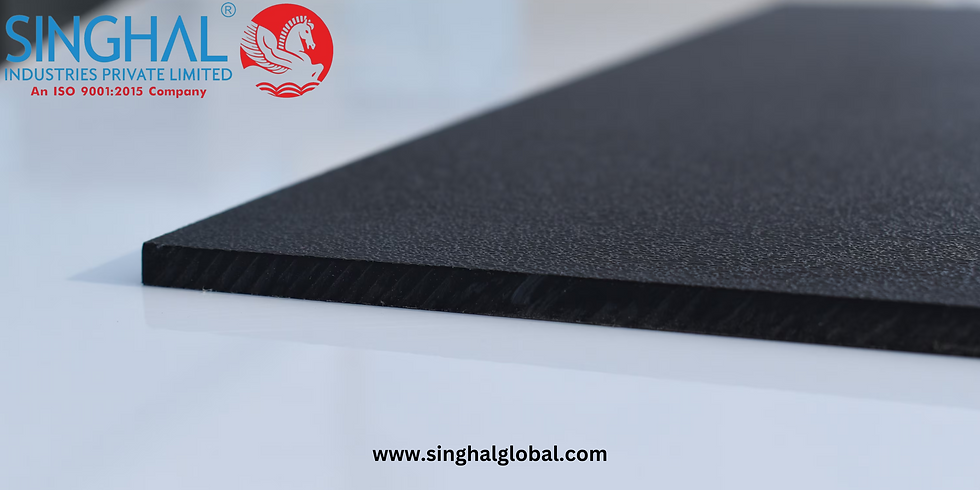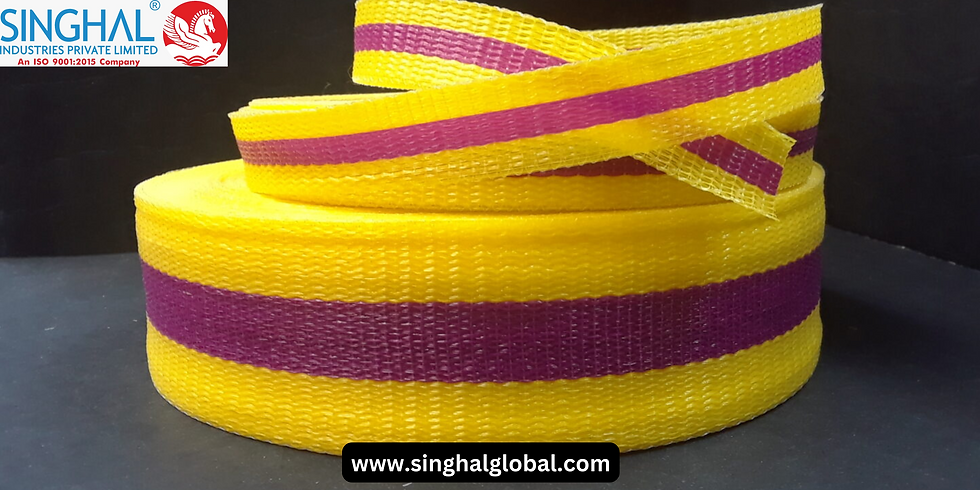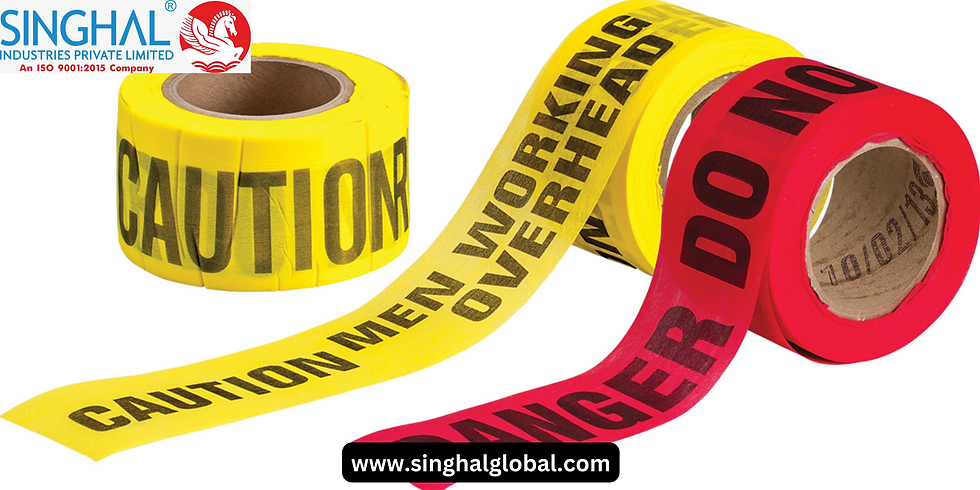Exploring WPC Panel Sheets: Versatile Solutions for Modern Wall Paneling
- Akash Pathak
- Jun 28, 2024
- 3 min read

Wood-Plastic Composite (WPC) panel sheets have gained significant popularity in recent years due to their versatility and durability in various applications, especially in wall paneling. Combining the natural look and feel of wood with the durability of plastic, WPC sheets offer a sustainable alternative to traditional materials. Whether for residential or commercial projects, WPC panel sheets provide a range of benefits, making them a preferred choice for modern construction and design.
Understanding WPC Wall Panel Sheets
WPC, abbreviated for Wood-Plastic Composite, is a composite material made from wood fibers and thermoplastics, typically polyethylene, polypropylene, or PVC. These materials are processed together to form a strong, resilient material that mimics the appearance of natural wood while offering enhanced durability and resistance to moisture, UV rays, and termites. WPC panel sheets are manufactured using advanced extrusion techniques, ensuring consistency in quality and performance across different applications.
Applications of Wall Panel Sheets
WPC panel sheets find diverse applications across several industries, primarily due to their versatility, durability, and aesthetic appeal. One of the prominent applications of WPC panel sheets is in wall paneling. These sheets are widely used for both interior and exterior walls in residential, commercial, and institutional buildings. The term "WPC" stands for Wood-Plastic Composite, highlighting the material's composition of wood fibers and thermoplastics. This combination not only provides a natural wood-like appearance but also enhances the panel's strength and resistance to moisture, UV rays, and insects. For interior spaces, WPC wall panels offer a sleek, modern look without the maintenance challenges associated with traditional wood panels, such as warping or fading over time. Externally, they withstand varying weather conditions, making them ideal for enhancing building facades with minimal upkeep.
Another significant application of WPC panel sheets is in furniture manufacturing. These sheets are used to create durable and aesthetically pleasing furniture pieces such as cabinets, shelves, and outdoor furniture. The "WPC wall panel full form" stands as Wood-Plastic Composite in WPC wall panel, underscores the material's ability to combine the natural appeal of wood with the durability and resilience of plastic. This makes WPC panels suitable for furniture that needs to withstand outdoor conditions or high traffic areas indoors. Furniture made from WPC panels retains its appearance and structural integrity over time, requiring little maintenance beyond occasional cleaning.
Furthermore, WPC panel sheets are increasingly chosen for facade cladding in architectural projects. The versatility in design, including various colors, textures, and finishes, allows architects to achieve specific aesthetic goals while ensuring structural integrity and weather resistance. The inherent properties of WPC, such as its resistance to moisture and thermal expansion, make it a reliable choice for facade applications where maintaining a building's exterior appearance over the long term is crucial. This application highlights the material's adaptability in enhancing building aesthetics while providing functional benefits like thermal insulation and weather protection. As advancements in manufacturing continue to refine the properties and applications of WPC panel sheets, their role in sustainable building practices is expected to expand further across global construction markets.
Conclusion
In summary, WPC panel sheets stand out as a contemporary and eco-friendly solution for wall paneling and numerous other uses in construction and furniture manufacturing. Their blend of natural beauty, durability, and minimal upkeep needs positions them as a favored option for architects, designers, and homeowners alike. As advancements in technology and manufacturing techniques progress, WPC sheets are poised to assume a more pivotal role in defining the landscape of sustainable building materials. Whether employed in residential refurbishments or expansive commercial ventures, WPC panel sheets deliver the versatility and reliability essential for meeting the demands of modern construction practices, including their application as WPC sheets for walls.
Frequently Asked Questions (FAQs)
Q1: What is the full form of WPC in WPC panel sheets?
A: WPC stands for Wood-Plastic Composite. It refers to a composite material made from wood fibers and thermoplastics.
Q2: Are WPC panel sheets suitable for exterior applications?
A: Yes, WPC panel sheets are highly suitable for exterior applications due to their weather-resistant properties and durability against UV rays and moisture.
Q3: How do WPC panel sheets compare to traditional wood panels?
A: WPC panel sheets offer greater durability, minimal maintenance requirements, and enhanced resistance to environmental factors compared to traditional wood panels.



Comments